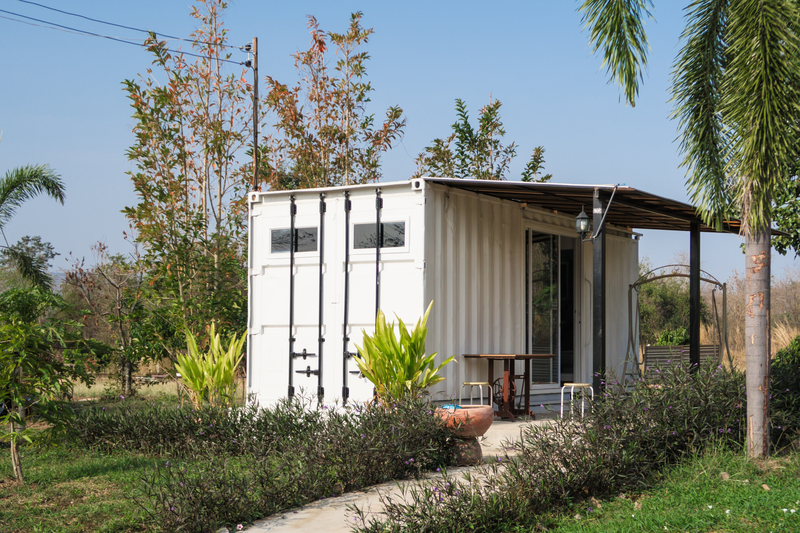Rethinking Our Impact on Microplastic Proliferation
Microplastics are a pervasive environmental issue, infiltrating ecosystems and posing risks to both wildlife and human health. As society becomes more dependent on plastic products, it's crucial to rethink our impact on microplastic proliferation and take actionable steps to mitigate this growing problem.
Understanding Microplastics
Microplastics are tiny plastic particles, generally less than 5 millimeters in diameter. They are often formed from the breakdown of larger plastic debris through weathering processes like sunlight exposure and physical abrasion. These diminutive particles are alarmingly prevalent in the environment.
Types of Microplastics
- Primary Microplastics: Directly released into the environment as tiny particles, these include microbeads found in cosmetics and personal care products, as well as industrial abrasives used in sandblasting.
- Secondary Microplastics: Derived from the fragmentation of larger plastic waste such as bottles, textiles, and fishing nets. Over time, these materials become brittle and break into smaller pieces.

The Environmental Consequences of Microplastic Proliferation
Microplastics can travel vast distances and are found in various ecosystems ranging from the deepest ocean trenches to remote mountain peaks. Their widespread presence poses significant risks:
Impact on Marine Life
Marine organisms often mistake microplastics for food. Ingesting these particles can lead to physical blockages, malnutrition, and even starvation. Additionally, microplastics can carry toxic chemicals which may accumulate in the tissues of marine animals and eventually travel up the food chain, impacting apex predators and humans alike.
Effects on Terrestrial and Freshwater Systems
Microplastics are also found in soil and freshwater bodies, interfering with nutrient absorption and soil structure. These particles may alter the composition of habitats, affecting the flora and fauna that rely on these systems for survival.
Human Health Implications
The potential impact of microplastics on human health is still being studied, but there are several concerns:
- Ingestion and Inhalation: Microplastics can enter the human body through consumption of contaminated food and water, and even through the air we breathe.
- Toxicity: These particles may contain or absorb harmful chemicals, including persistent organic pollutants (POPs) and heavy metals, posing health risks upon exposure.
Actions to Curb Microplastic Pollution
While the problem of microplastic pollution is daunting, collective and individual actions can significantly reduce its proliferation:
Policy and Legislation
Regulatory measures are critical in reducing microplastic pollution. Banning microbeads in cosmetics is one such step. Governments worldwide should enforce stringent regulations on plastic production, use, and disposal to mitigate the entry of microplastics into the environment.
Innovative Solutions
Research and development of alternative materials are crucial. Biodegradable plastics and improved recycling technologies can drastically reduce the amount of waste entering ecosystems. Encouraging creativity in designing products with a reduced environmental footprint is imperative.
Consumer Responsibility
- Opting for products with minimal plastic packaging and avoiding single-use plastics can significantly lower our plastic footprint.
- Engaging in and promoting recycling initiatives at a community level to ensure proper waste management.
- Supporting companies that prioritize sustainable practices helps drive market demand for environmentally-friendly products.

Educational Initiatives and Public Awareness
Education plays a crucial role in addressing microplastic proliferation. Raising awareness about the environmental and health impacts of microplastics can inspire individuals to make informed choices. Schools, universities, and environmental NGOs should pioneer programs that provide insights into responsible plastic use, emphasizing sustainability and respect for ecosystems.
Community Involvement
Grassroots movements are vital in combating microplastic pollution. Community clean-ups, advocacy campaigns, and workshops can unite people in a shared mission to protect and preserve our environment. Initiating conversation and action at the local level can prompt wider legislative changes.
The Future of Microplastic Mitigation
Although the challenge of microplastic pollution is formidable, innovative science, legislation, and responsible citizenship can foster positive change. By prioritizing sustainable practices, investing in education, and supporting policies that promote environmental protection, we can collectively reduce our microplastic footprint.
In conclusion, rethinking our impact on microplastic proliferation is not just a necessity--it is a responsibility each one of us holds towards ensuring a healthier planet for future generations. As we embark on this mission, let's remember that every small action counts towards making a substantial difference in the fight against microplastic contamination.